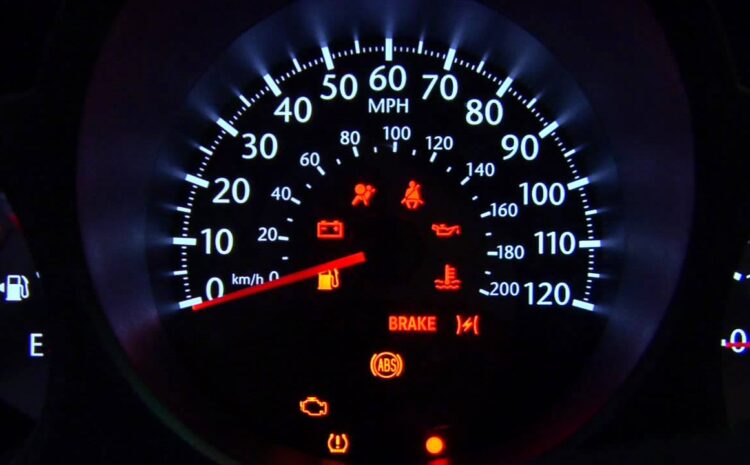
8 warning light indicators you should look out for and what they mean.
As you drive home from work, moving slowly in the evening traffic, your tired eyes struggle to focus on the road. You’ve had a long day at work and all you hope for is to drive into your garage, park the car and shut down for the night. Just then you notice a consistent flash of light coming from your dashboard. It looks like a genie lamp with a droplet indicator in front of it. You remember the light came on in the morning while you were driving to work and you promised to google what it meant when you got to work…that didn’t happen.
Now the light is flashing consistently, you are in the evening traffic trying to maneuver your way to the service lane to park the car to check what could be wrong, as the longer you stay in the traffic with the engine running could spell a long night on the road for you. You barely manage to shift lanes to the service lane, bring the car to a halt, bring out your phone and type “flashing genie lamp on dashboard”, immediately you know you could be in trouble, as that indicates your engine oil level is drastically low and that could lead to a knocked engine.
You may be not so fortunate some other time, so it’s best to understand what each warning indicator light means so that you avoid causing major damage to your vehicle and spending more on repairs that could have been avoided. So the question arises, “what are the different warning light indicators and what do they mean?”
Most modern cars will notify drivers via warning lights whenever there are some issues that require immediate attention. A flashing light is never a good sign, but before it deteriorates to the point of flashing, it comes on to grab your attention to get the issue sorted immediately. So let us take a walk through some of the common warning light indicators, irrespective of car brand.
1. Service/Check Engine light:

The indicator written “service engine”, “service” or “maint reqd” is a reminder that the recommended maintenance schedule is due. It may just mean it’s time to service your engine and get it to optimum performance. The “check engine” light, otherwise known as the malfunction indicator lamp, will tell you whenever the sensors in your engine detect a problem that ought to be fixed. Usually, it doesn’t specify the exact issue thus you may have to consult a mechanic or use OBD2 scanner to find out the root cause of the problem.
2. Brake warning light
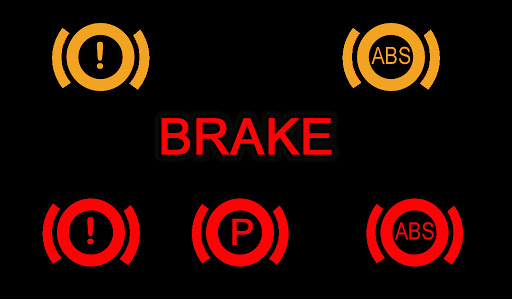
Keep in mind, every time you turn on your vehicle, the system does a self-check, and may light up for just a few seconds. If it goes away immediately, your system is in working order. In the event that the brake warning light indicator remains on, it could mean your brake fluid level is low or the brake pads are worn out. As you know, your anti-lock brakes work to keep your car in contact with the road safely, so it’s important to diagnose the issue as soon as possible. The brake warning light can also activate when you’ve engaged the parking brakes. But just to be sure, you can refer to the owner’s manual.
3. Oil Pressure Light
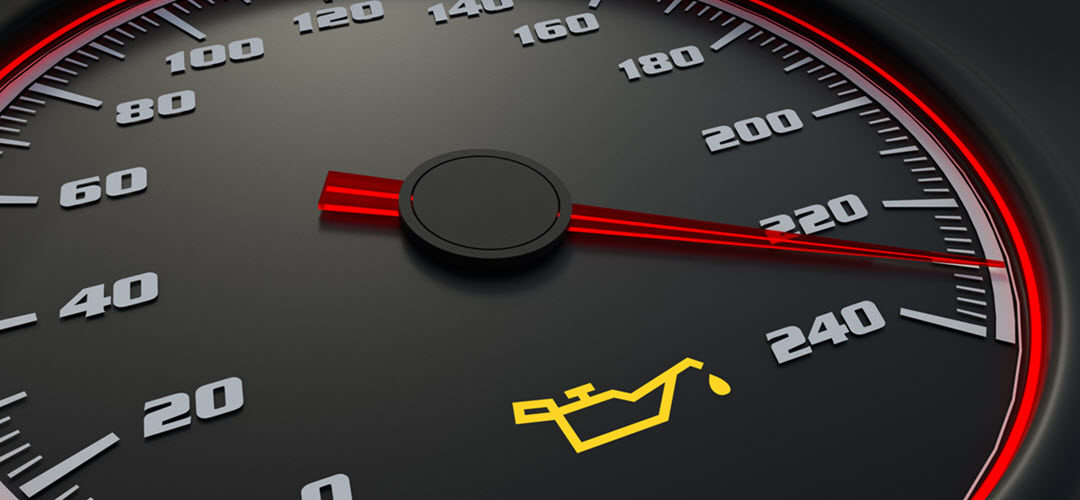
So this is the “flashing genie lamp on dashboard”. This old fashioned oil-can image indicates that there is an issue with your car’s oil pressure system. Either you’re running low on oil or your oil pump isn’t circulating enough fluid to properly lubricate the surfaces inside your vehicle. This should be addressed as soon as possible, as your engine can wear quickly without proper lubrication. It could also be a symptom of a bigger problem like oil filter blockage or oil pump malfunction. Mind you, driving your car when the warning light is on can completely wreak havoc to the engine.
4. Tire pressure warning light
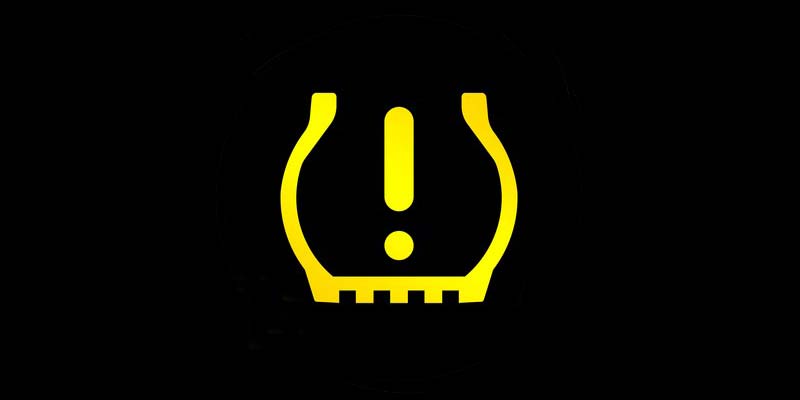
Also known as the TPMS symbol, this image signals that the pressure in one or more of your tires is too low or too high and needs to be addressed. Driving on low- or high-pressure tires is unsafe and can cause additional damage to your vehicle. Usually, tire pressure should be between 30 and 35 psi (pounds per square inch).
5. Engine Temperature Warning
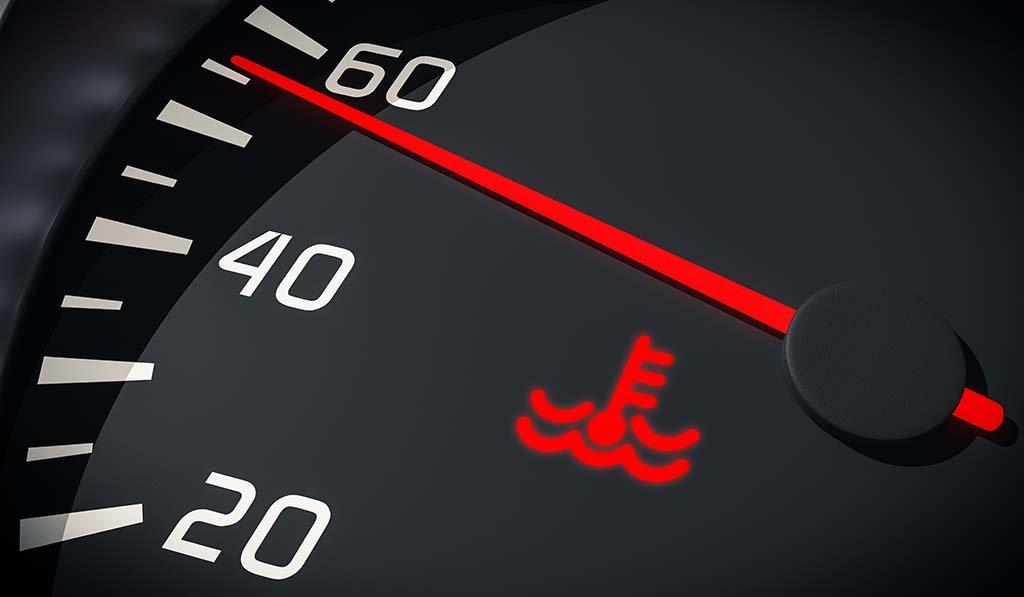
If this symbol pops up, it means that your engine is overheated. Don’t wait for a whistle! You should pull over immediately, open the hood and wait for the car to cool down. The coolant (also called antifreeze) light tells you that the engine internal temperature is beyond the limit and if you keep driving you may damage it. It’s important to address this immediately to avoid further damage. Don’t forget: never open the radiator cap when the engine is hot!
6. Traction Control Light
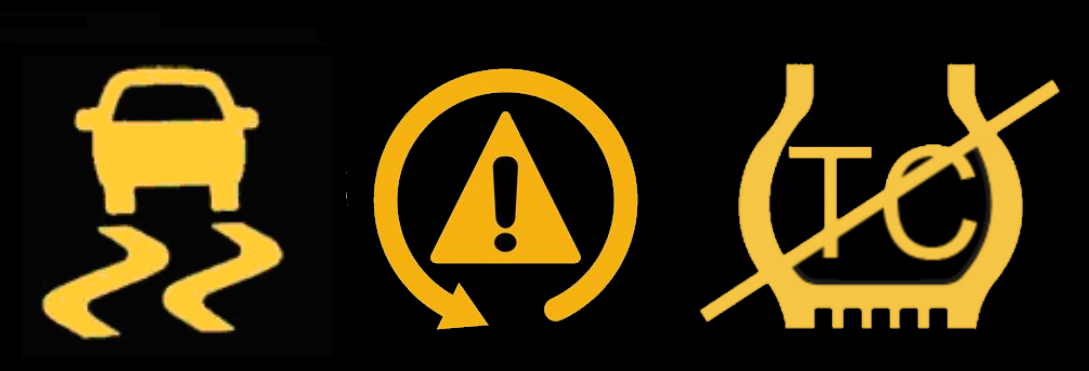
This indicates that your vehicle’s traction control system is activated. The traction control system utilizes your anti-lock brake system to determine if one wheel is spinning faster than another. If it detects that a wheel is slipping, it applies the brakes until it regains traction. This is most helpful if you’re driving in rain or snow. This light could also indicates that your vehicle’s traction control system might have a broken or damaged sensor or some other malfunction. In some cars, the same control module operates the anti-lock brakes and the traction control system, so the light sometimes comes on when there are problems with your ABS.
7. Battery alert
This symbol indicates that there is an issue with the vehicle’s charging system. Interestingly enough, the culprit might not be your battery. While it might indicate that you have a loose or damaged battery cable, it can also signal that your alternator belt is broken. If it is your battery, occasionally you’ll notice that your clock is fading or your headlights are dimming. If you wait too long, your vehicle can completely die out. This is what has happened when you see fellow drivers “jumping” each other’s cars.
Not sure what the problem is? Our experts can help diagnose any battery-related or electrical issues, and if you need a new battery, we offer the best quality replacement services.
8. Low fuel indicator
Most drivers are very familiar with this symbol. It simply means you’re running low on fuel. It’s not a good idea to see if you can make it home if you have a ways to go. You never know how weather or traffic patterns will play out, so it’s best to stop at the nearest fuel station and fill up!
These are some of the common warning light indicators to look out for while driving. Missed any? Feel free to drop a comment below or drive into the garage to have it checked. Drive safe!